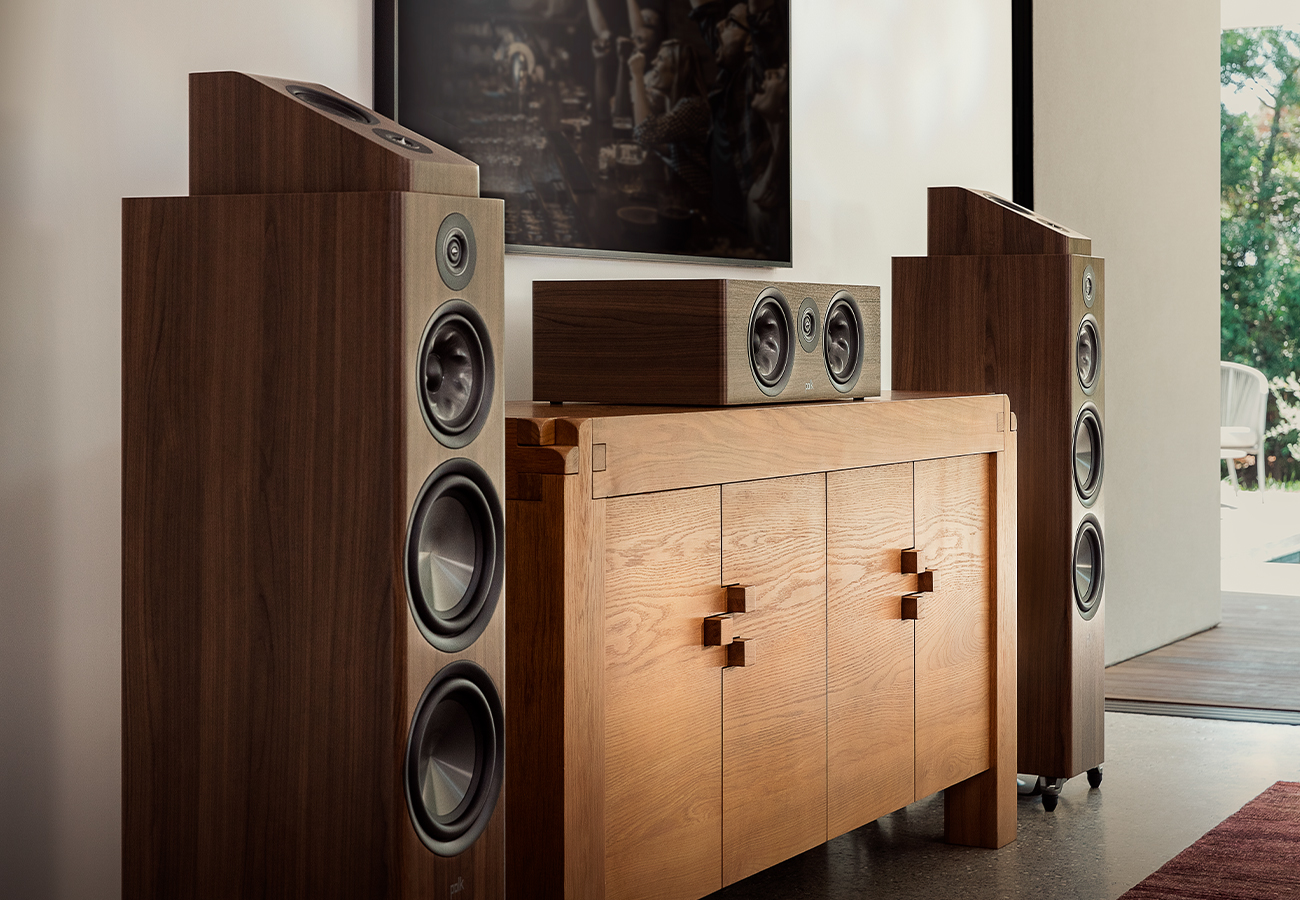
Dolby Atmos is everywhere! From blockbuster films to Netflix series to Apple Music albums, it’s become the buzzword for immersive sound. But what exactly is it, and should you consider upgrading your system to support it?
What is Dolby Atmos?
Traditional surround sound — think 5.1 or 7.1 — uses channels. Each speaker has a fixed role, like front left, centre, or surround. Dolby Atmos takes a different approach.
Instead of channels, Atmos is object-based audio. This means sounds can move freely in a 3D space — not just around you, but above you too. The result is a more realistic, layered soundfield that puts you right in the middle of the action.
It's the kind of experience you normally only ever get in the cinema. Watching a film in Dolby Atmos is simply much more immersive.


Where Can You Experience It?
Dolby Atmos is no longer limited to the cinema. You can enjoy it at home in several ways:
• Home cinema streaming: Platforms like Netflix, Disney+, and Prime Video offer films and shows in Atmos.
• Music streaming: Apple Music, Tidal, and Amazon Music are adding Atmos tracks, bringing a new dimension to albums and playlists.
• Gaming: Xbox Series X|S, PlayStation 5, and many PC titles support Atmos for deeper immersion.
The Benefits of Dolby Atmos
Why does it matter? Atmos brings a few key advantages:
• Immersion: You feel inside the scene, whether it’s raindrops above your head or a plane flying past.
• Scalability: Atmos can work on a full 7.1.4 setup or a single Atmos-enabled soundbar.
• Versatility: Great for movies, live concerts, and even gaming.
• Room-filling sound: Makes even modest-sized rooms feel bigger and more dynamic.


Challenges & Limitations
As impressive as it is, Atmos isn’t perfect
• Gear requirements: You’ll need a compatible AV receiver, soundbar, or speaker system.
• Scalability: Atmos can work on a full 7.1.4 setup or a single Atmos-enabled soundbar.
• Content availability: Not all films, shows, or albums are mixed in Atmos yet.
• Music reception: Some listeners love the spaciousness, while others prefer the intimacy of stereo.
Is It Worth the Upgrade?
If you’re passionate about movies or gaming, Atmos is one of the biggest leaps forward in sound you can make. For music, it’s an exciting addition, but not essential for every listener.
The best way to decide is to experience it for yourself. Atmos systems can scale to your space and budget, from high-performance soundbars to full multi-speaker setups.
At Peter Tyson, we stock a wide range of Dolby Atmos-ready AV receivers, speakers, and soundbars. You can demo them in our store and hear the difference firsthand.


What Do You Need for Dolby Atmos at Home?
To experience Dolby Atmos at home, you’ll need equipment that can decode and deliver the format properly.
At the core is an AV receiver (AVR) or processor that supports Dolby Atmos, which handles the decoding and channel mapping.
You’ll also need speakers capable of reproducing the height effects — either dedicated in-ceiling speakers, Atmos-enabled upward-firing modules, or floorstanding speakers with integrated height drivers.
For smaller spaces, an Atmos-ready soundbar can provide a simplified setup.
Finally, you’ll need a source device and content mastered in Dolby Atmos, such as a 4K Blu-ray player, Apple TV, or streaming apps like Netflix, Disney+, and Apple Music.